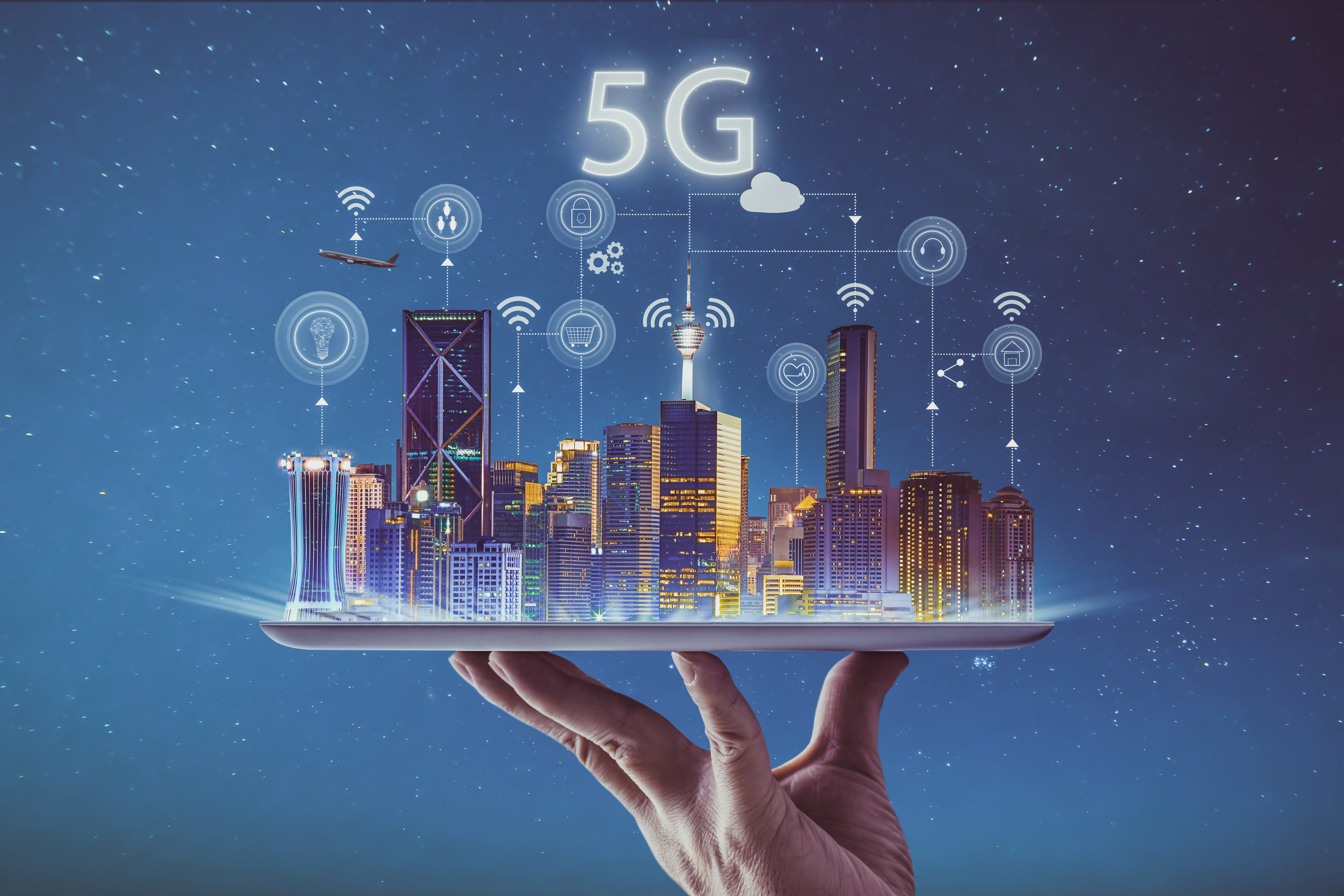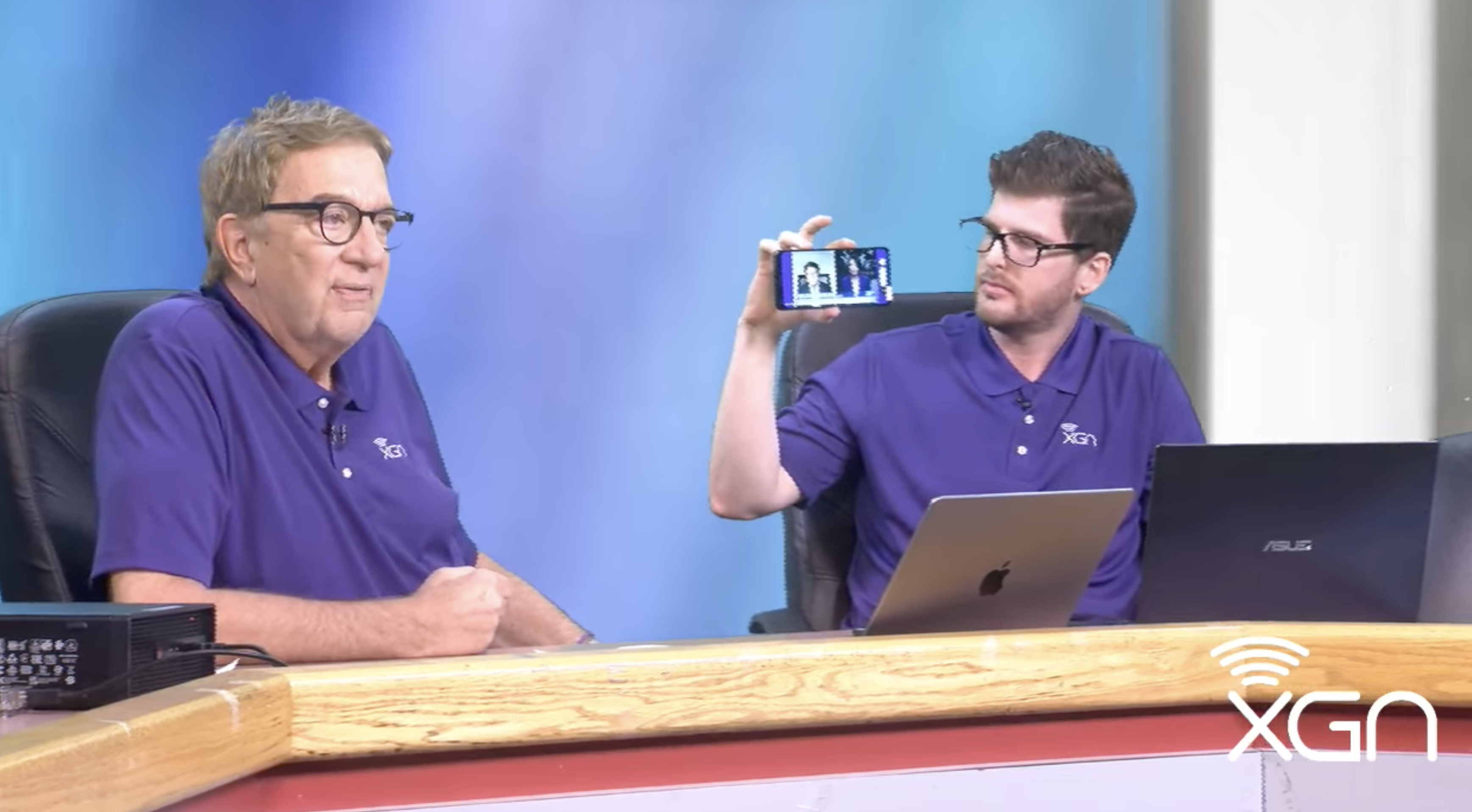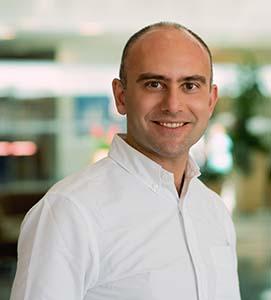
While 5G is, and has been for several years, a household word, a technology that this fifth-generation of personal wireless communication has spawned may be new to many: “5G Broadcast” (or “LTE-based 5G Terrestrial Broadcast” as it’s officially referenced).
5G Broadcast is based on the use of wireless broadband network technology for distribution of media to consumers on mobile devices. However, this version of 5G is not based on the current one-to-one (unicast) distribution for streaming, but rather a one-to-many (broadcast) dissemination scheme using the “high-tower/high-power” approach that conventional broadcasters rely on.
Another big difference is that 5G Broadcast primarily targets mobile devices, instead of TVs as the current ATSC 3.0 transmission does. 5G Broadcast and conventional broadcast do have something in common though: use of UHF TV broadcast spectrum.
Learn More
Although the jury is still out as to the ultimate future of 5G Broadcast, it behooves broadcasters to learn about it, as it could be a gamechanger in the broadcast industry.
“5G has promised to revolutionize the mobile telecommunications world, offering unprecedented speed, capacity and reliability,” says Sam Matheny, NAB CTO. “5G Broadcast technology is a subset aimed at enhancing live streaming mobile TV services.”
The NAB Show, April 14-17 in Las Vegas, will feature opportunities for an up close and personal look at 5G Broadcast, beginning with a demonstration of the technology in a special booth where “5G Broadcast is spoken.”

Frank Copsidas, the CEO of XGen Network, an advocacy organization for 5G Broadcast will be in the West Hall (W3849) promoting 5G Broadcast. “We’ll be showing new exciters and transmitter equipment, as well as receivers,” he said. “And we will have a demo on the floor for directly receiving 5G Broadcast transmissions.”
XGen Network launched the first U.S. experimental 5G broadcast operation in 2023 at Boston DMA WWOO-LD, operating on TV Ch. 28, and has applied for two additional 5G Broadcast experimental licenses in Connecticut.
One of the big advantages of 5G Broadcast—aside from offloading content with high viewership levels from the conventional cellular “one-to-one” infrastructure—is that it operates on a direct-to-mobile basis, Copsidas said. “The beauty of 5G Broadcast is that it goes from a standard broadcast tower straight to a user’s smartphone,” said Copsidas. “There’s no SIM card, Wi-Fi, or Bluetooth needed.”
And while one-to-many dissemination of entertainment programming is definitely part of the grand plan for 5G Broadcast, Copsidas says that’s not the main focus right now.
“Our number one priority in the U.S. for 5G Broadcast is first responder and emergency alerts,” he said. “We can put out emergency alerts in the 17 languages that the FCC wants within one-half second. We do plan to show some solutions for first responders at NAB. We can put out streams of data (directed to first responders) to smartphones; all you need is an app on the phone.
“Qualcomm, which is one of our partners, has also developed a CPE [customer premises equipment] box for 5G Broadcast, which we’ll have at the show,” he added. “Qualcomm has been a phenomenal partner. They keep coming up with 5G Broadcast ideas for us and we keep coming up with ideas for them.”
Transmission of ATSC 3.0 and 5G Broadcast on a single channel was demonstrated last year, but practical implementation will depend on modification of one or both standards."
Doug Lung NBCU/Telemundo
Although there are yet no commercially-marketed products (smartphones) specifically designed for receiving 5G Broadcasts, Copsidas says this is not really a problem.
“I can buy a phone directly from the OnePlus 11 internet website,” said Copsidas. “When we get it here, we have Qualcomm software that can access the phone’s chip and open up our frequency. There are 5G, satellite and 5G Broadcast, along with other services in that chip, and they are all independent of one another.”
In addition to the demos and exhibits, the LPTV Broadcasters Association’s annual meeting during the show (Rm. W1202 in the West Hall, April 14), will include a 5G Broadcast monetization session.
Industry Experts Weigh In
While no one knows for certain where 5G Broadcast’s footprint will land in the broadcasting ecosphere, it could augment ATSC 3.0 broadcasting to reach both big screen TVs in the home and handheld mobile devices.

Jordi Giménez, head of technology at the 5G Media Action Group (5G-MAG), an international non-profit group established to encourage collaboration in connection with mobile media services, strongly encourages broadcasters to learn as much as possible about the new transmission modality.
“I believe it is time to pay more attention to the technology from the service and application point of view,” said Giménez. “5G Broadcast is a 3GPP technology, meant to operate in the mainstream device market, and aligned with streaming workflows.
“With the blooming of streaming apps for video/TV and audio/radio, it is time to play with them,” Giménez added. “Broadcast works; it has worked for a century. But this time service providers and operators have the opportunity to embed it in streaming applications with a protocol stack aligned with the internet and with a technology that works in the 3GPP ecosystem of devices, operating systems and apps.

“Support for 5G Broadcast has grown significantly over the last few years, and our historic accomplishment further exemplifies the broad interest and growth,” said Lorenzo Casaccia, vice president of technical standards and IP at Qualcomm Technologies. “The collaboration between Ateme, WWOO-LD, and Qualcomm Technologies is a major step forward in how content can be delivered to a wide array of devices.”
Doug Lung, vice president of Broadcast Technology for NBCUniversal Local and long-time writer of TV Tech's RF Technology column, also advises attendees to use the NAB Show to learn more about 5G, especially as it could augment the NextGen TV standard that’s being deployed.
(Read: What is 5G Broadcast?)
“Transmission of ATSC 3.0 and 5G Broadcast on a single channel was demonstrated last year,” said Lung. “But practical implementation will depend on modification of one or both standards. At the NAB Show we may have a better idea of whether this ‘dual transmission’ will ever be practical.”
Lung said that in making the rounds at this year’s NAB Show he’ll be looking to see what’s out there in the way of 5G Broadcast receivers, and what 3GPP standard they support, “even if they are protypes.”
Knowledge is Power
With the support of proponents such as XGen, 5G Broadcast could well become the favored way of delivering content to the masses, especially to those wanting to consume it on mobile devices. Only time will tell.
One thing is certain, however, if 5G Broadcast does wind up in a dominant position, those primed with as much knowledge about it as possible will definitely have the ball in their court. As expressed by the English philosopher Francis Bacon more than 400 years ago, “knowledge is power,” and you’ll want to be in the front row if and when 5G Broadcast takes center stage, and there’s no better place right now to learn about the new standard than the NAB Show.
“For broadcasters, understanding the nuances of the various facets of 5G technology and how they will integrate into current infrastructures is vital,” said the NAB’s Matheny. “The 2024 NAB Show (will serve) as an essential gathering place for industry leaders to delve into 5G broadcast's innovations, challenges and the potential opportunities it presents for augmenting content delivery and viewer experiences."
With the support of proponents such as Qualcomm and XGEN, 5G Broadcast could well become the favored way of delivering content to the masses, especially to those wanting to consume it on mobile devices. Only time will tell.
One thing is certain however—if 5G Broadcast does wind up in a dominant position, those primed with as much knowledge about it as possible will definitely have the ball in their court.
“For broadcasters, understanding the nuances of the various facets of 5G technology and how they will integrate into current infrastructures is vital,” said Matheny. “The 2024 NAB Show (will serve) as an essential gathering place for industry leaders to delve into 5G broadcast’s innovations, challenges and the potential opportunities it presents for augmenting content delivery and viewer experiences.”
To register for the NAB Show, visit nabshow.com/2024/







